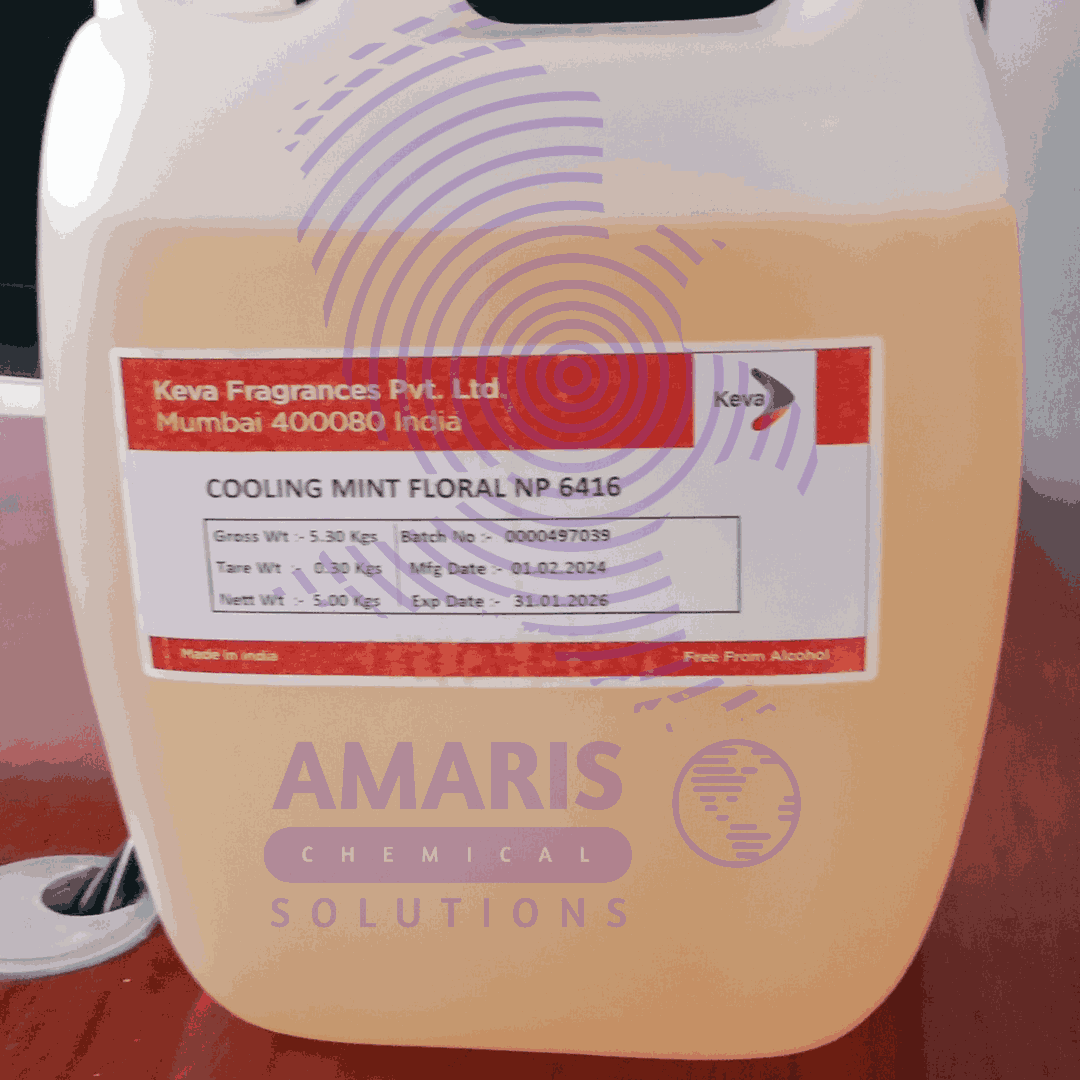
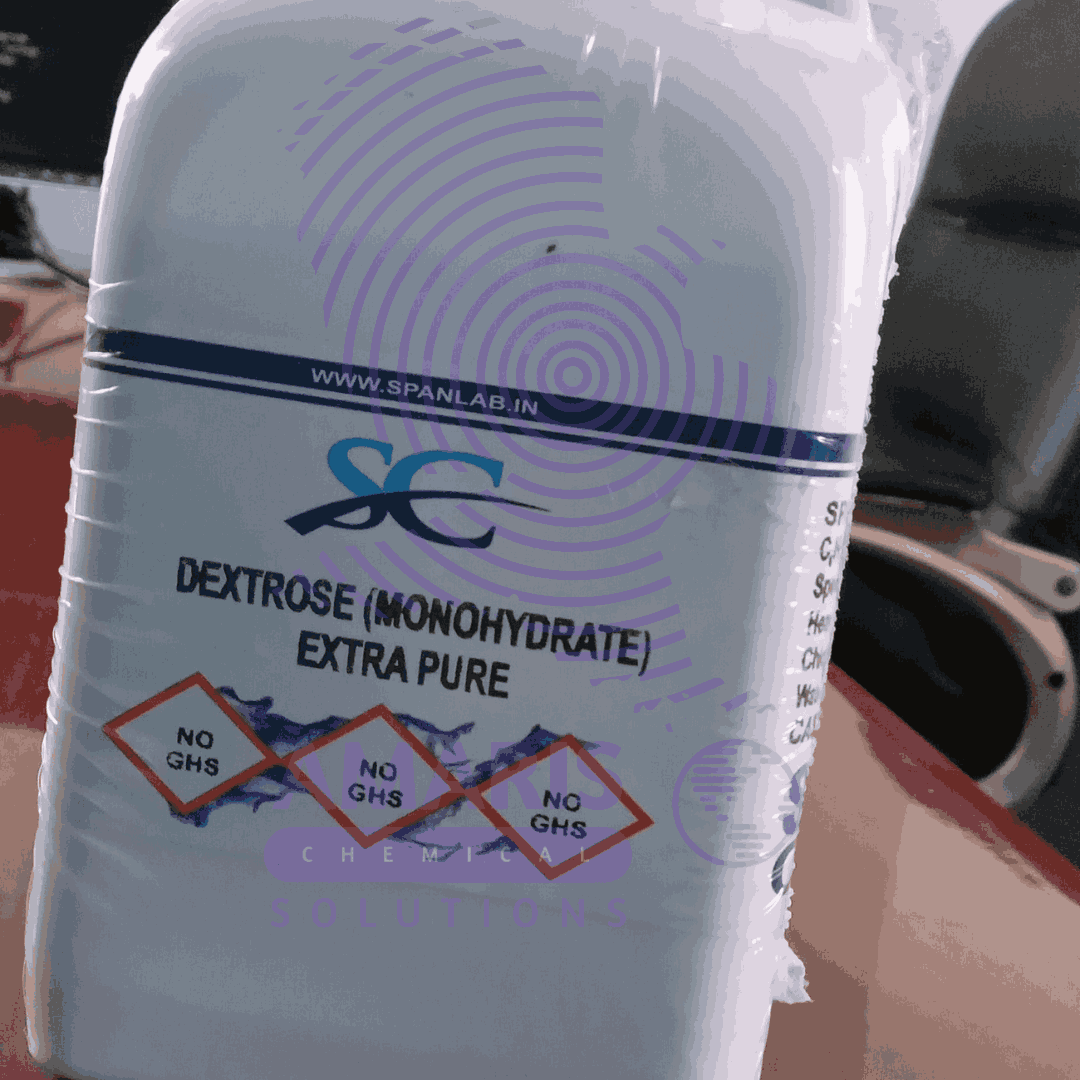
Sodium acetate anhydrous 99% 500gms
$2,500.00 Original price was: $2,500.00.$2,300.00Current price is: $2,300.00.
Sodium acetate, with the chemical formula CH3COONaCH3COONa, is a versatile compound commonly used in laboratories for various applications.
uses of Sodium acetate
- Buffer Solutions:
- pH Stabilization: Sodium acetate is a key component in buffer solutions, especially acetate buffers, which are used to maintain a stable pH in biochemical and chemical experiments. These buffers are particularly effective in the pH range of 3.6 to 5.6.
- Applications: Commonly used in enzyme reactions, cell culture media, and other biological assays requiring a specific pH environment.
- Precipitation of Nucleic Acids:
- DNA/RNA Isolation: Sodium acetate is used in the precipitation of DNA and RNA from aqueous solutions. By adding sodium acetate and alcohol (ethanol or isopropanol), nucleic acids can be precipitated and separated from the solution, facilitating their purification and concentration.
- Procedure: After adding sodium acetate and alcohol to the nucleic acid solution, the mixture is often cooled, centrifuged, and the precipitated nucleic acids are collected.
- Chemical Synthesis:
- Source of Acetate Ions: Sodium acetate provides acetate ions for various organic synthesis reactions.
- Applications: Used in the synthesis of esters, acetylation reactions, and as a catalyst in certain organic transformations.
- Heat Packs:
- Exothermic Crystallization: Sodium acetate is used in reusable heat packs. A supersaturated solution of sodium acetate releases heat upon crystallization, which can be triggered by flexing a metal disc within the pack.
- Mechanism: The solution remains liquid until the disc is clicked, initiating crystallization and an exothermic reaction that releases heat.
- pH Adjustment:
- Solution Preparation: Sodium acetate is used to adjust the pH of various solutions in chemical and biological protocols.
- Control: It is often added to acidic or basic solutions to achieve a desired pH level.
- Electrophoresis:
- Buffer Preparation: In electrophoresis, sodium acetate can be used to prepare running buffers, particularly for RNA electrophoresis.
- Function: Helps maintain the ionic strength and pH of the buffer system during the separation process.
- Titration:
- Analytical Reagent: Sodium acetate is employed as a reagent in titration methods, such as complexometric titrations involving EDTA.
- Role: Acts as a buffering agent to maintain a stable pH during the titration process.
- Food Preservation (Industrial Use):
- Preservative: Although not strictly a laboratory use, sodium acetate is also used as a preservative in the food industry to inhibit microbial growth and as a flavoring agent (E262).
- Applications: Helps in extending the shelf life of various food products.
1 review for Sodium acetate anhydrous 99% 500gms


MAECENAS IACULIS
Vestibulum curae torquent diam diam commodo parturient penatibus nunc dui adipiscing convallis bulum parturient suspendisse parturient a.Parturient in parturient scelerisque nibh lectus quam a natoque adipiscing a vestibulum hendrerit et pharetra fames nunc natoque dui.
ADIPISCING CONVALLIS BULUM
- Vestibulum penatibus nunc dui adipiscing convallis bulum parturient suspendisse.
- Abitur parturient praesent lectus quam a natoque adipiscing a vestibulum hendre.
- Diam parturient dictumst parturient scelerisque nibh lectus.
Scelerisque adipiscing bibendum sem vestibulum et in a a a purus lectus faucibus lobortis tincidunt purus lectus nisl class eros.Condimentum a et ullamcorper dictumst mus et tristique elementum nam inceptos hac parturient scelerisque vestibulum amet elit ut volutpat.
Related products
Acetaldehyde
- Chemical Structure: Acetaldehyde consists of two carbon atoms, one oxygen atom, and four hydrogen atoms. Its structure is CH3CHO, where the carbon atom in the middle is doubly bonded to an oxygen atom and singly bonded to a hydrogen atom and a methyl group (CH3).
- Occurrence: Acetaldehyde can be found naturally in various ripe fruits, coffee, and heated milk. It is also produced by the oxidation of ethanol (alcohol) by enzymes in the liver and other tissues in humans, making it an intermediate product in alcohol metabolism.
Aluminum Nitrate 500gm
Aluminum Potassium Sulphate 500gm
Physical Properties:
- Appearance: Colorless, transparent crystals or white powder.
- Solubility: Soluble in water but insoluble in alcohol.
- Melting Point: Decomposes at high temperatures before melting.
Chemical Properties:
- Molecular Formula: KAl(SO₄)₂·12H₂O
- Molecular Weight: 474.39 g/mol (for the dodecahydrate form)
- Acidity: It is slightly acidic in aqueous solution.
Aluminum Sulphate 500gm
Ammonia Acetate
Properties
- Chemical Formula: NH4C2H3O2
- Molecular Weight: 77.08 g/mol
- Appearance: White, crystalline solid
- Solubility: Highly soluble in water
- Melting Point: Decomposes upon heating










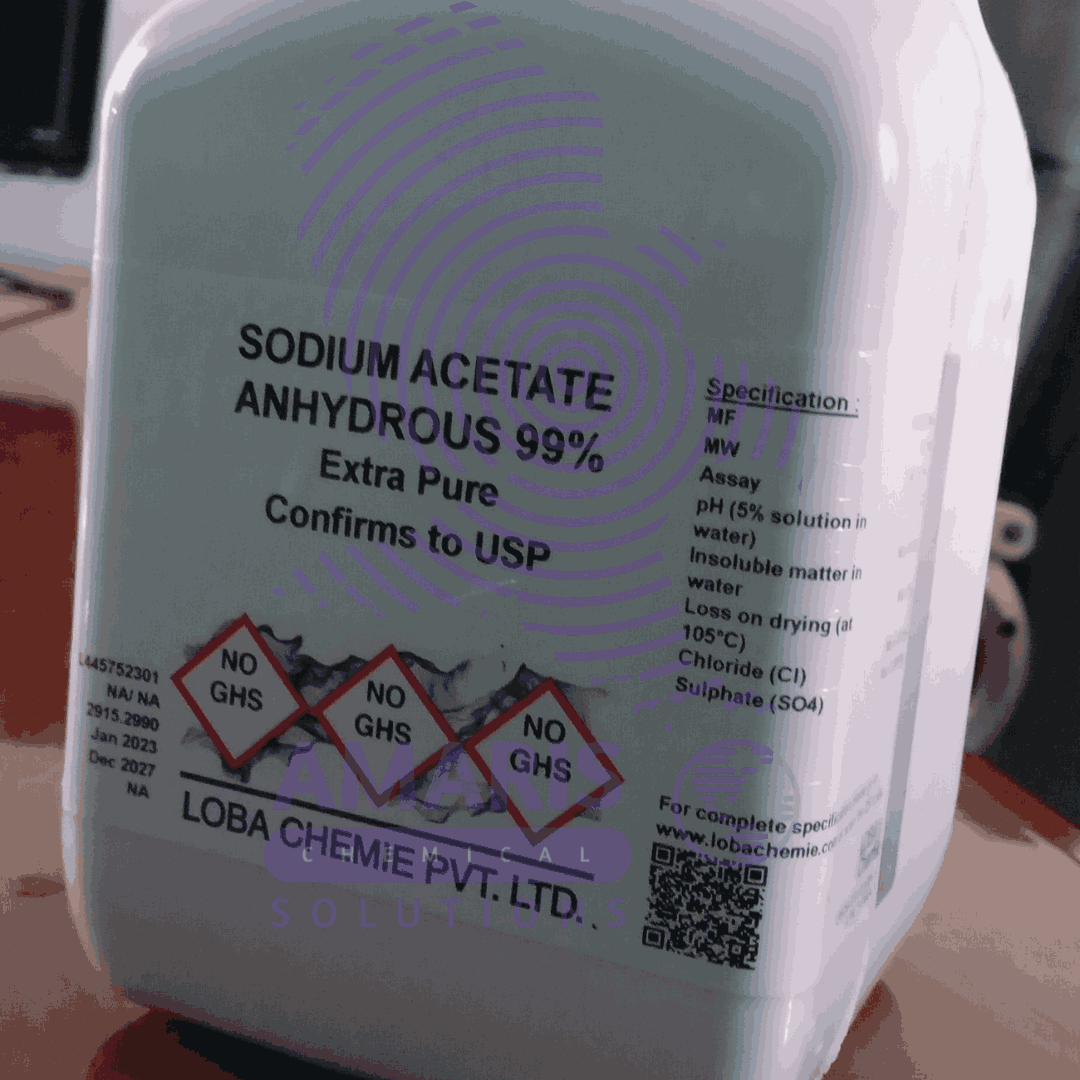

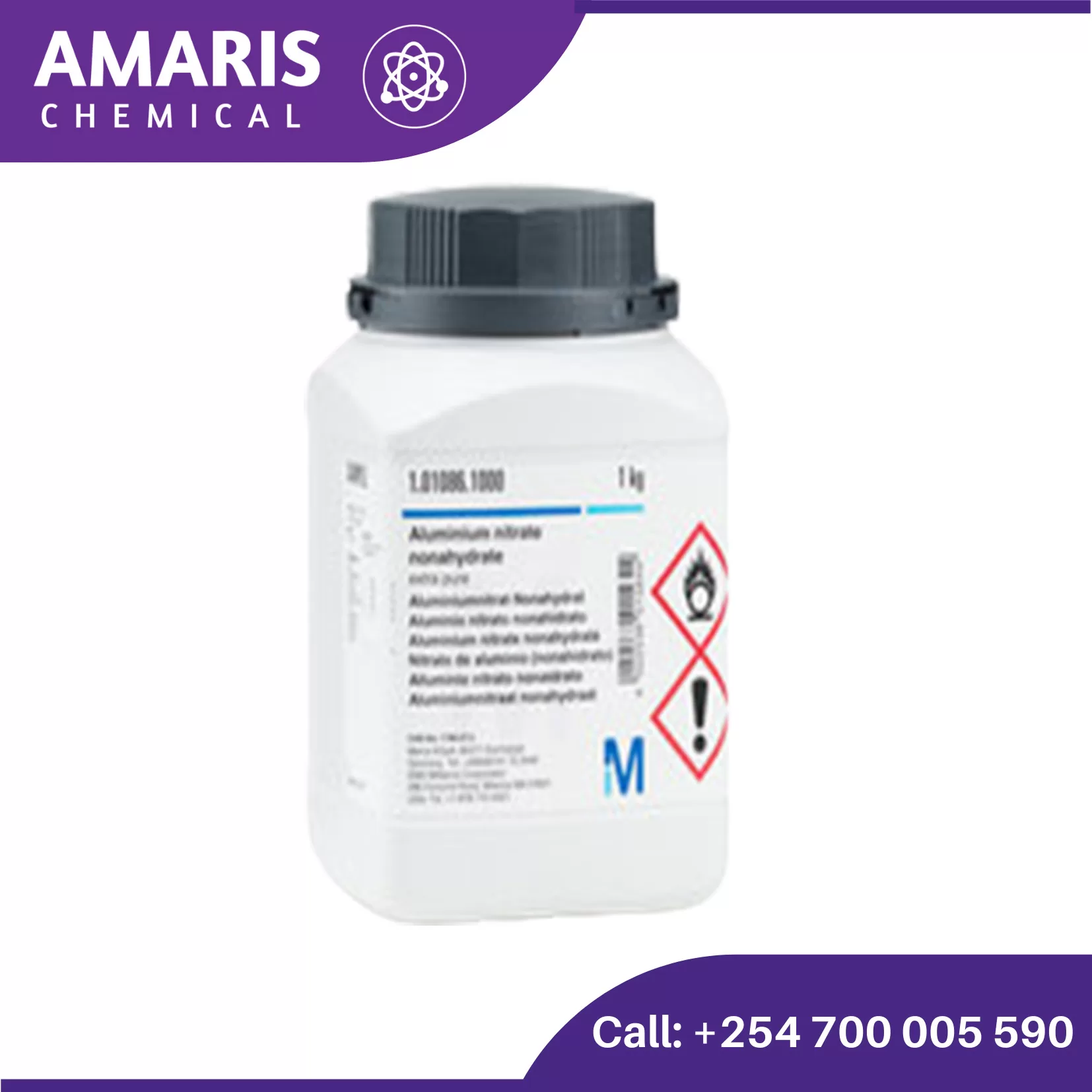
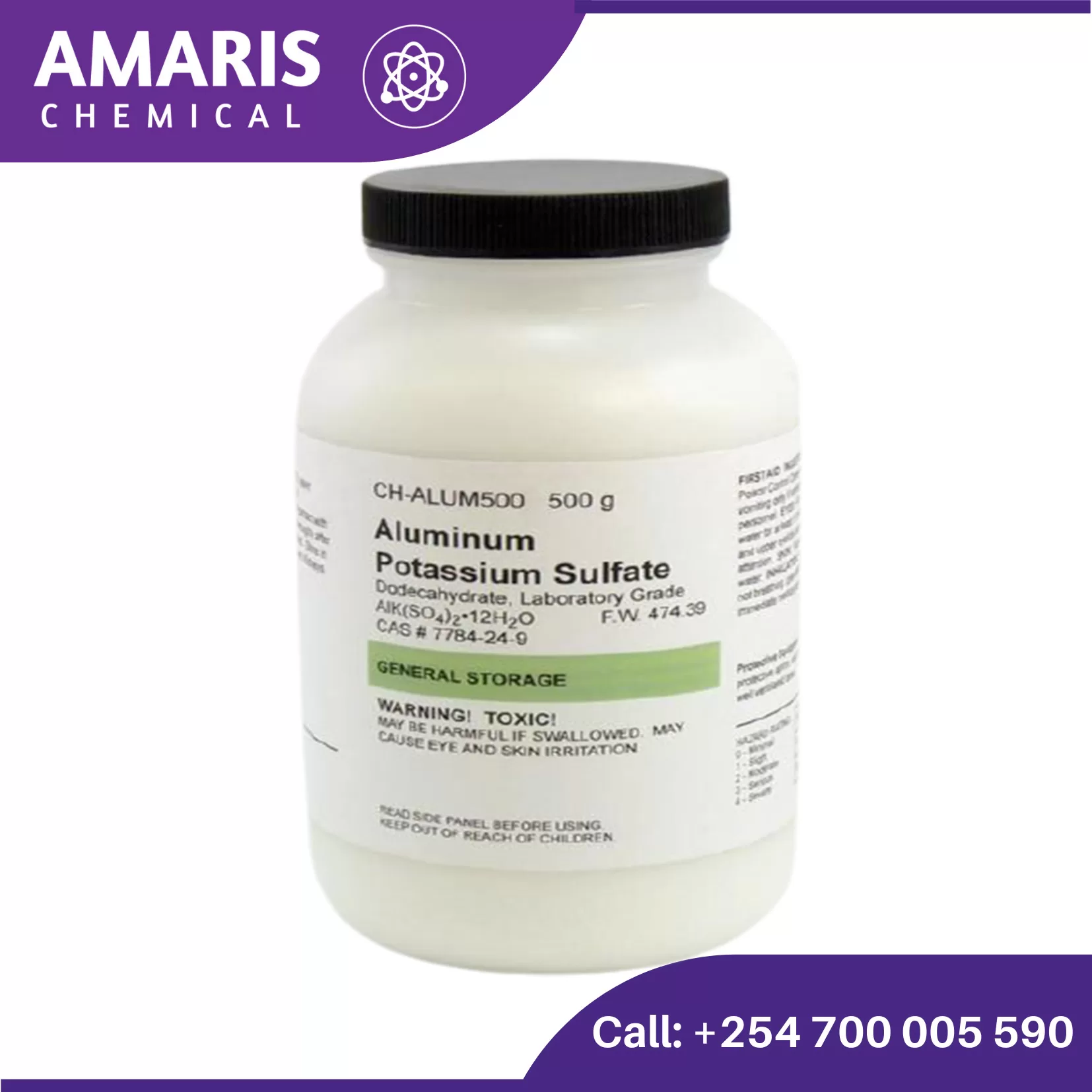
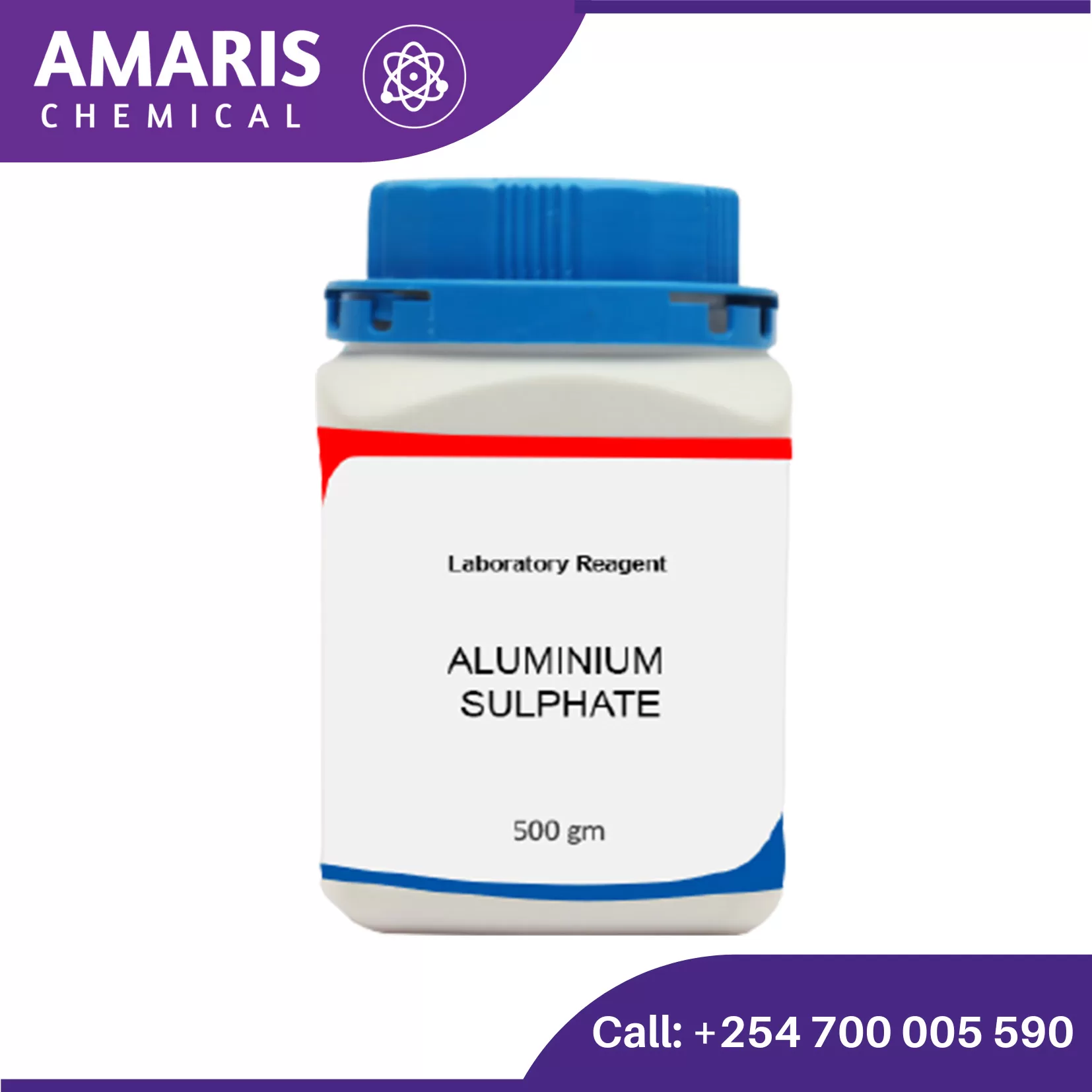
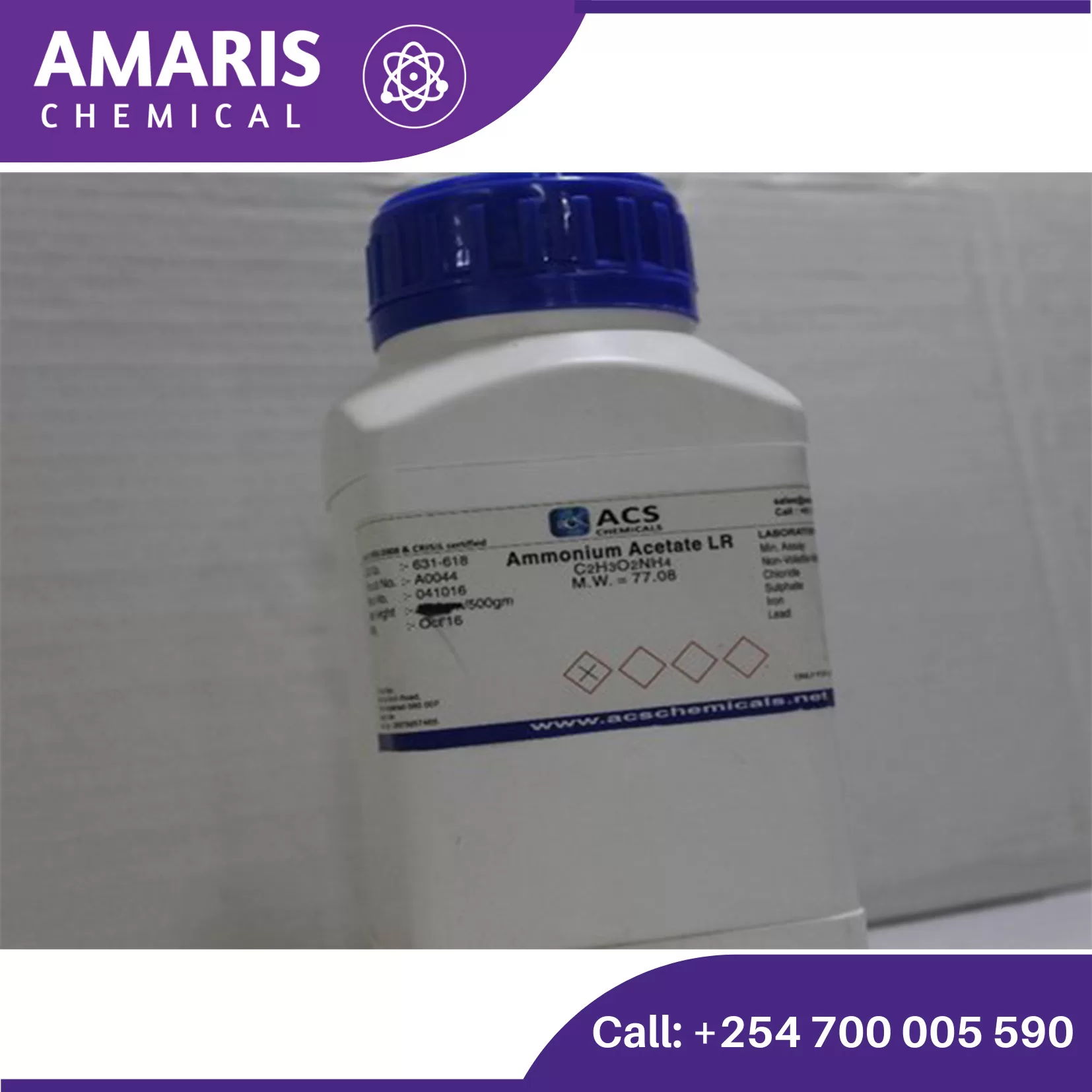

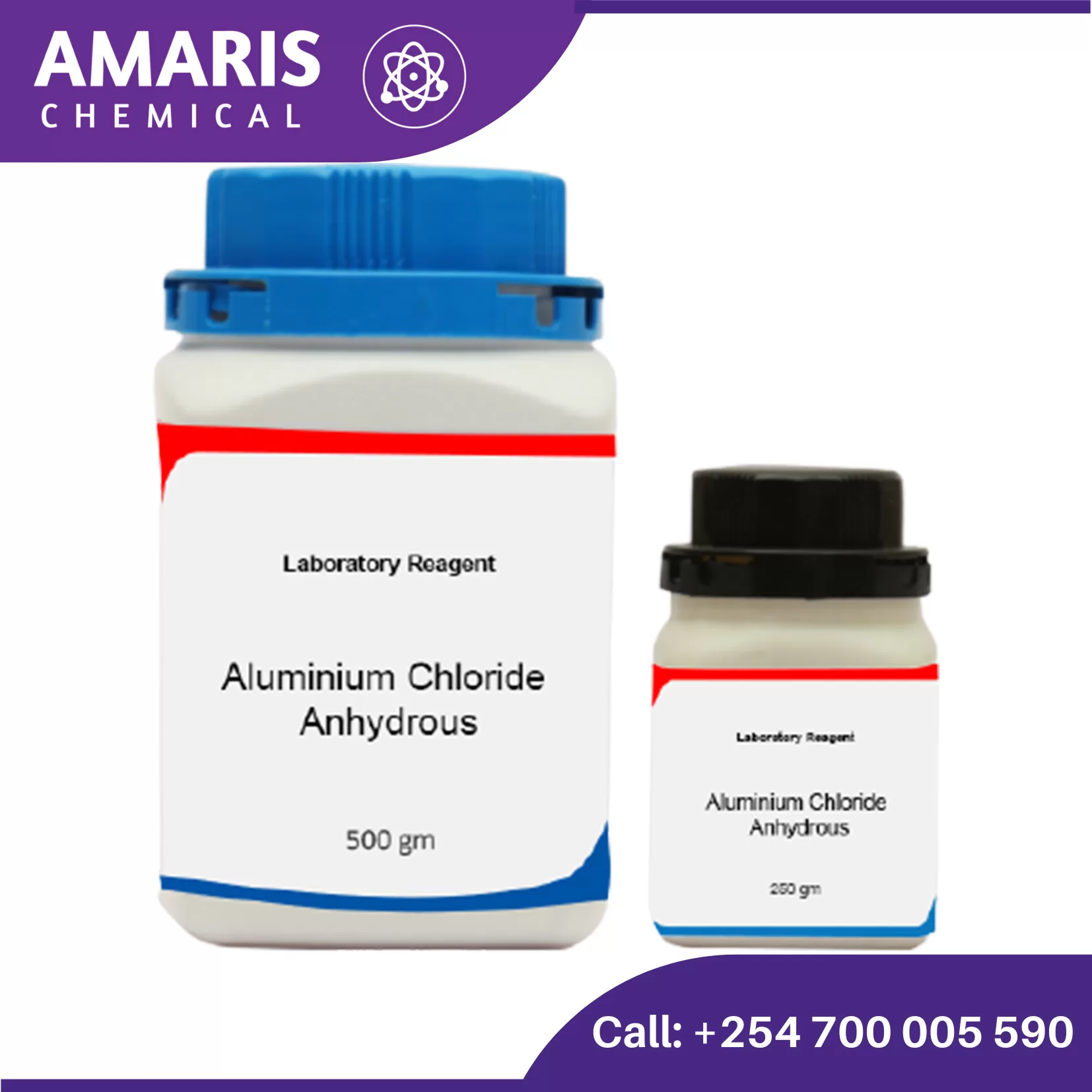










Nandwa –
Its highly soluble in water